Built on the steel beams of Alan Moore and Dave Gibbons’ legendary Watchmen comic and expanded out across three decades of alt-American history before being sunk into the soil of a country that mirrors our own, Damon Lindelof and his team have created a buzzworthy and tonally relevant piece of art. But how did they manage to sew this new thing into an old thing in a way that feels so seamless and what’s the story behind some of the most visually interesting and otherwise compelling scenes in the pilot episode?
Uproxx spoke with series producer and episode one (and two) director Nicole Kassel to gain some insight. But warning: if you haven’t seen the pilot, go back and do that now because spoilers are not spared.
On the influence of the Watchmen comics on the visual identity of the TV series.
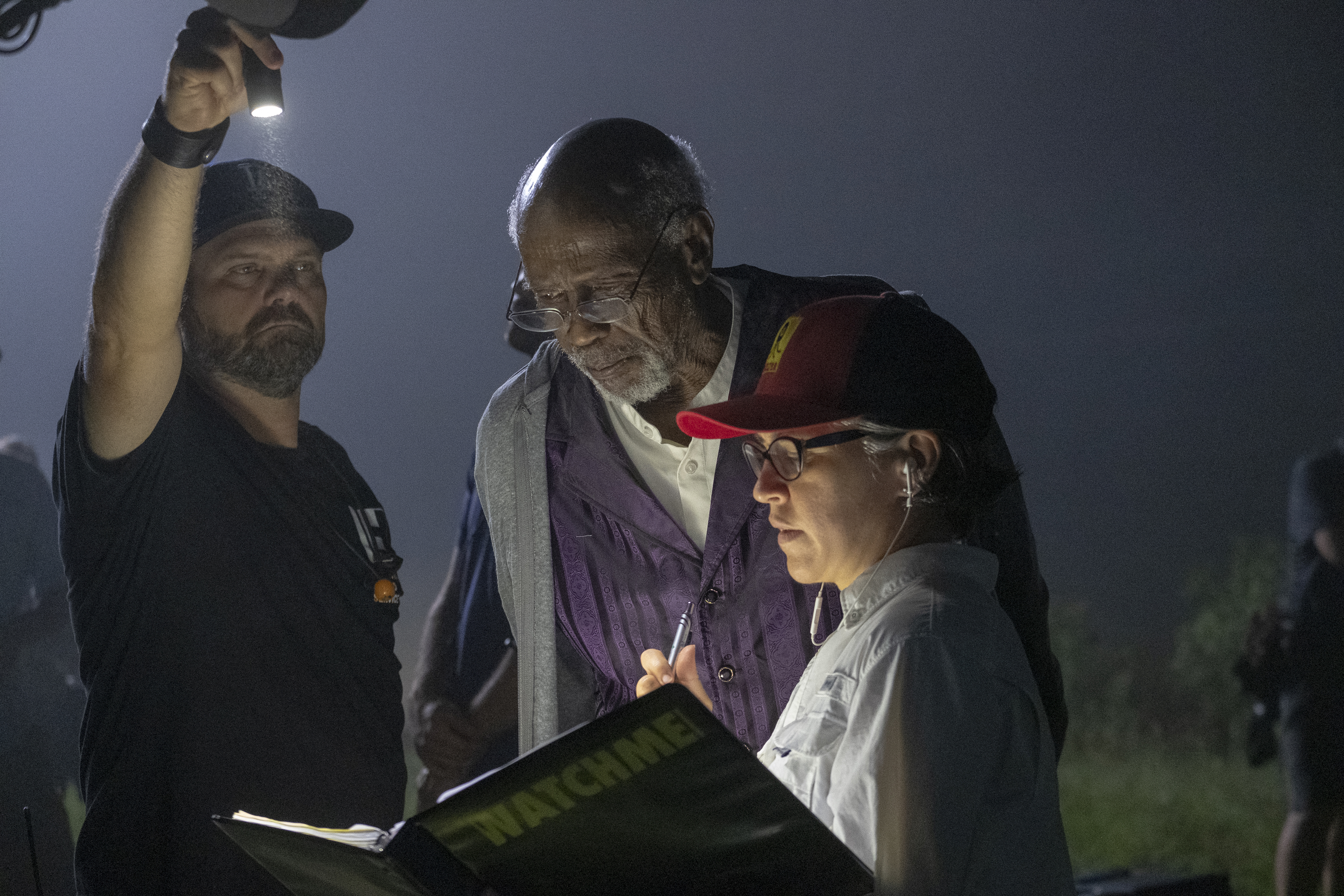
I was very influenced by the framing. Once I read the pilot and came on board, then I did a deep dive into the aesthetic of the source. What could the Easter eggs be? And the vertical frame is so unique. So it was immediately how to look for frames within frames. And composition. The source is an unbelievable piece of art and cinema — it really is. So I have just been paying homage to it for the fans. We’re telling a totally different story, [but] I wanted the DNA of it to be there. So composition, very strict framing because a comic’s not moving the camera much. The lighting and transitions were a huge influence. Just these really graphic match cuts where a face is in-frame or extreme wide to extreme tight looking. Or using color to transition.
On researching and presenting the Tulsa race riot devastation accurately.
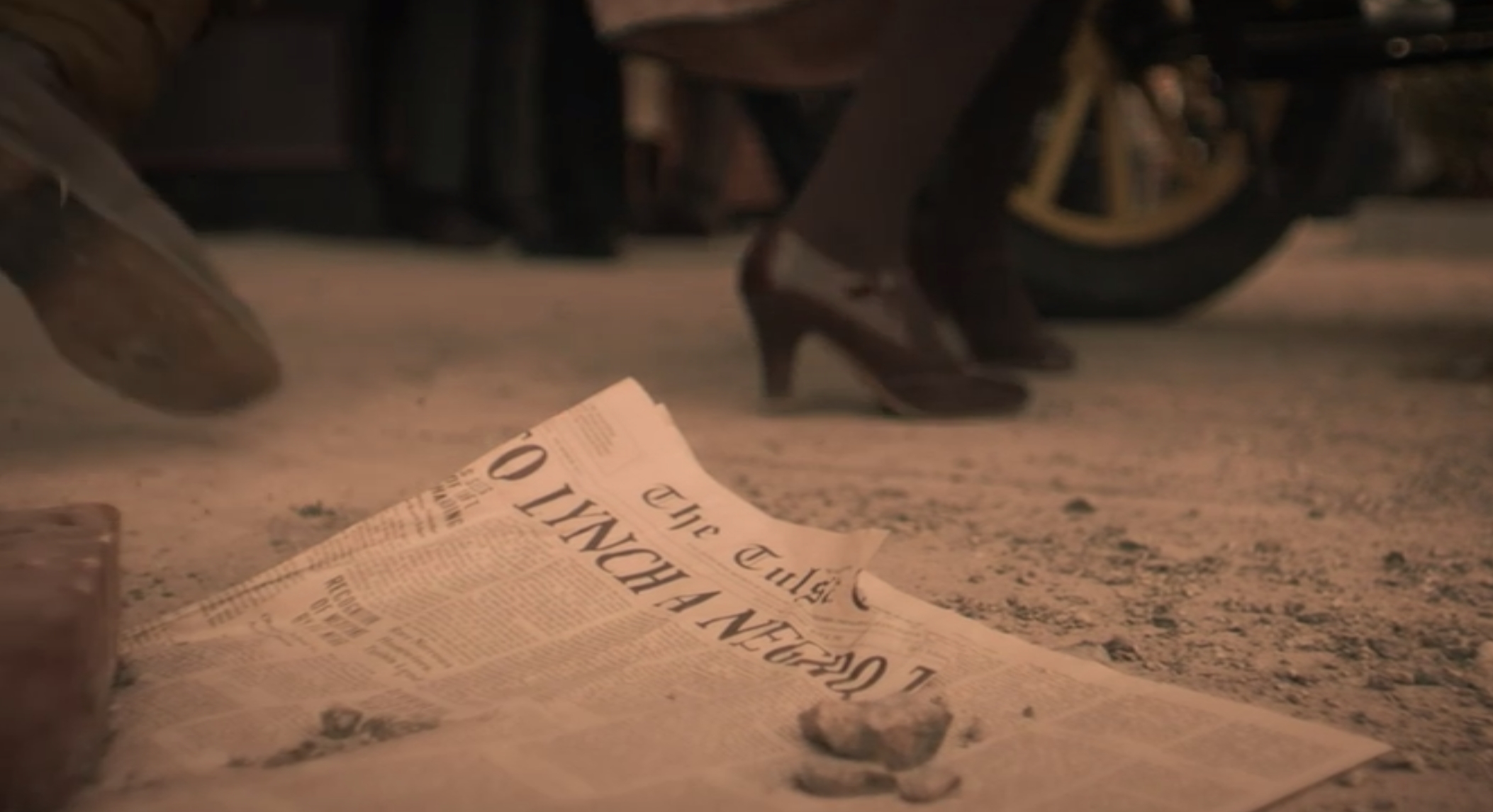
“There’s a book called ‘The Burning’ by Tim Madigan. As soon as I heard about the story, that it was true which I only learned from the manuscript and talking to Damon [Lindelof]… as soon as I came on board, I read the book and then I had the assistant director and her team read the book and we pulled all of our research from that. Just every vignette you see on screen is documented in detail. And it was essential to me to be as accurate as possible and not to sensationalize, not to exaggerate anything, just to be as truthful as possible.”
On creating Sister Night’s hero montage.
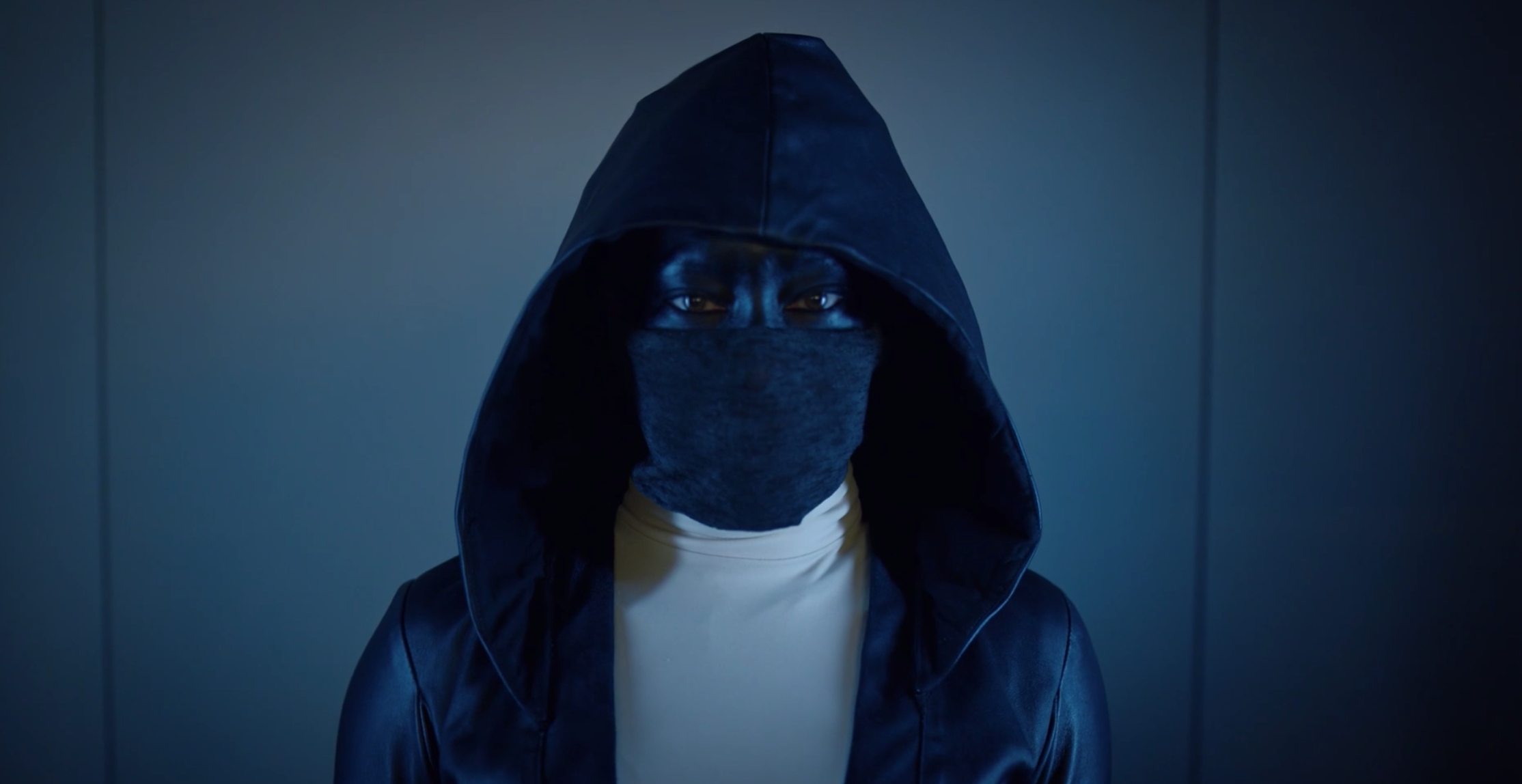
We wanted to obviously honor that we’re in this genre, so there is the sequence of the costume coming together. The “Batcave.” This is her version of her secret lair and the ingredients are strange. It’s a badge, but it’s also a crucifix and a rosary. And really, all I cared about was making a kick-ass hero introduction. And working, being inspired by her costume. To me, that really told me where to put the camera. The way the skirt sweeps and not wanting to reveal her face until the reveal. So just making it kinetic and exciting.
On constructing the cow field raid.
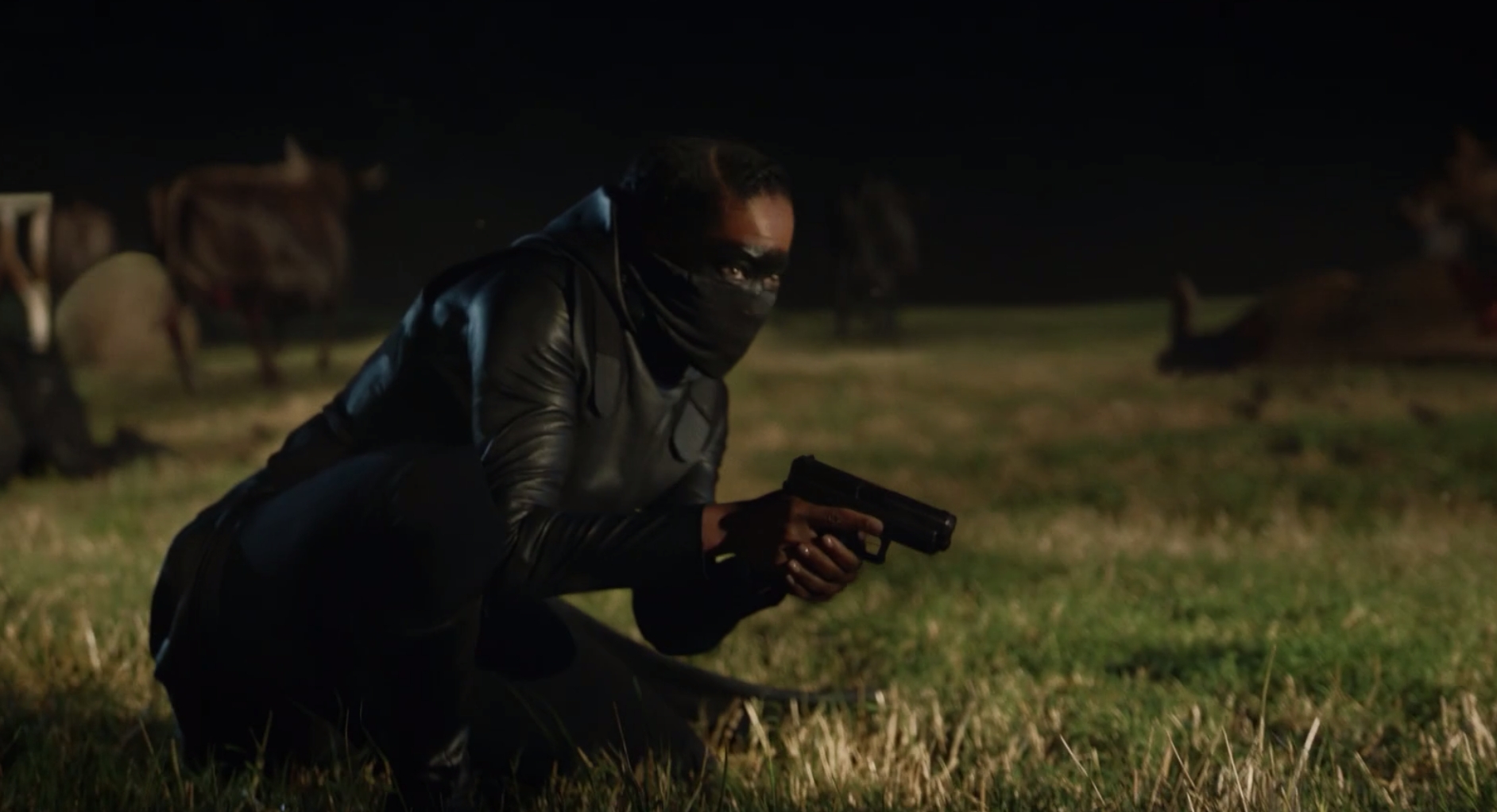
I had the gift of finding a location that was perfectly designed for it. It’s in Georgia. And we found it during our very first time when we were trying to choose which city to film in. We went out there and it was not as written but we knew that our cop team needed to be sitting ducks in a field. I hadn’t imagined it being a trailer in a grove of trees, but it was a light bulb, like “this is great!” And the light source coming off once the bad guys realize we’re onto them, the DP and I were watching Apocalypse Now and there is a sequence where Martin Sheen is approaching on a boat and there’s a strobe light circling and it was just like that would be cool, if suddenly they’re totally exposed. Because a field at night, it’s hard to get anything interesting.
The cows we used… a lot of real cows but then once the gunfire started, everything is CGI.
On the importance of the dinner party scene.
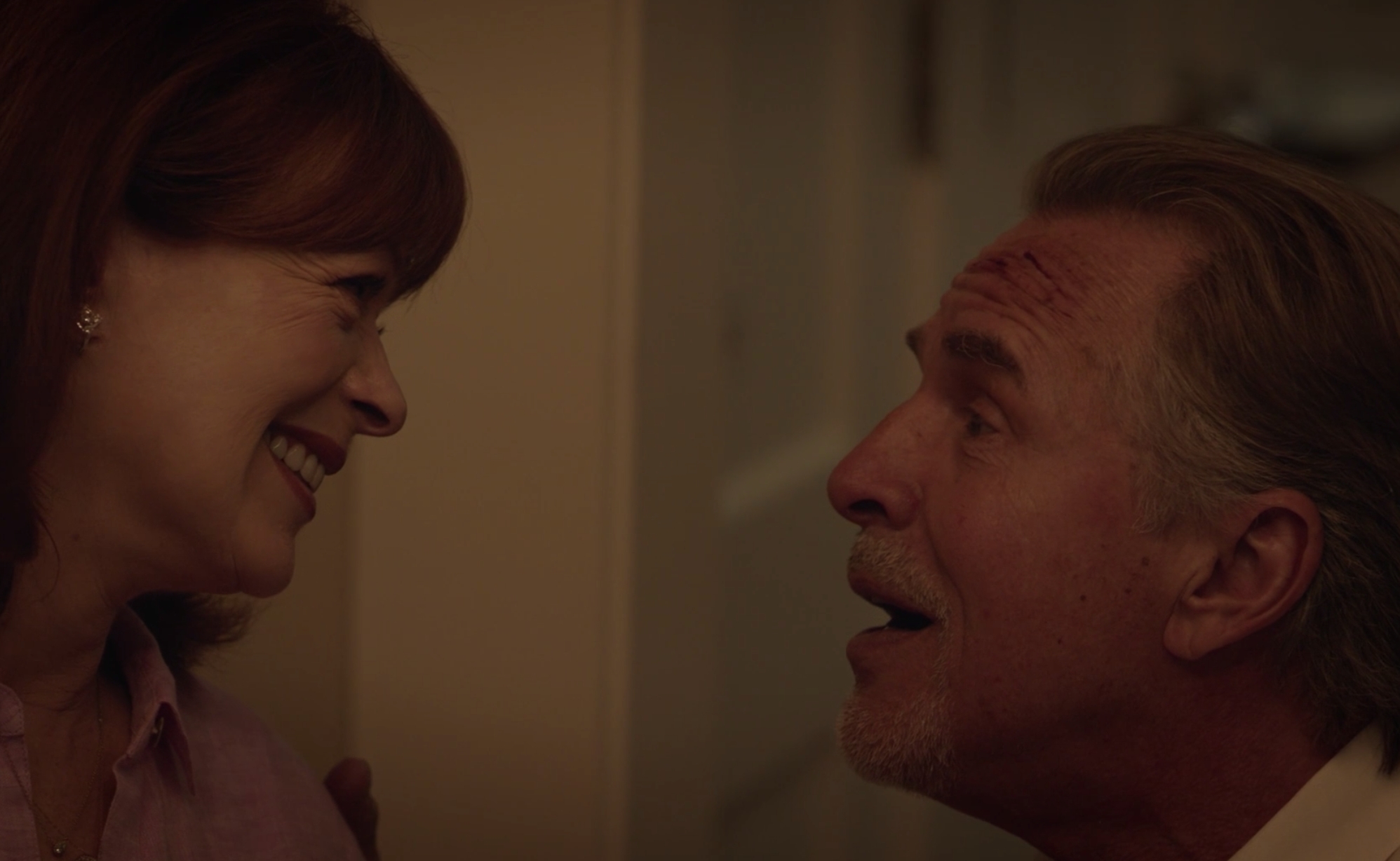
One of the beauties of this cast is that they’re all so good and such consummate actors and so supportive of each other. But we talked about, you’re old friends and you’ve been through a lot together, you’re fast friends for the last three years. It’s Uncle Judd to the kids. Whether or not you know why, you are that close. They’re all really great people. So what you’re seeing on-screen was also the energy offscreen. And Don can really sing, but nobody there knew it. [Ed. note: it was at this point that we mentioned Johnson’s “Heartbeat“]
That look of surprise on Regina’s face was genuine. Like, “you can do that too?” And I think it was scary for him, but boy he just kills it. And it was essential that we truly love our hero leading into that final [scene] to be truly, totally heartbroken.
On filming the tree scene.
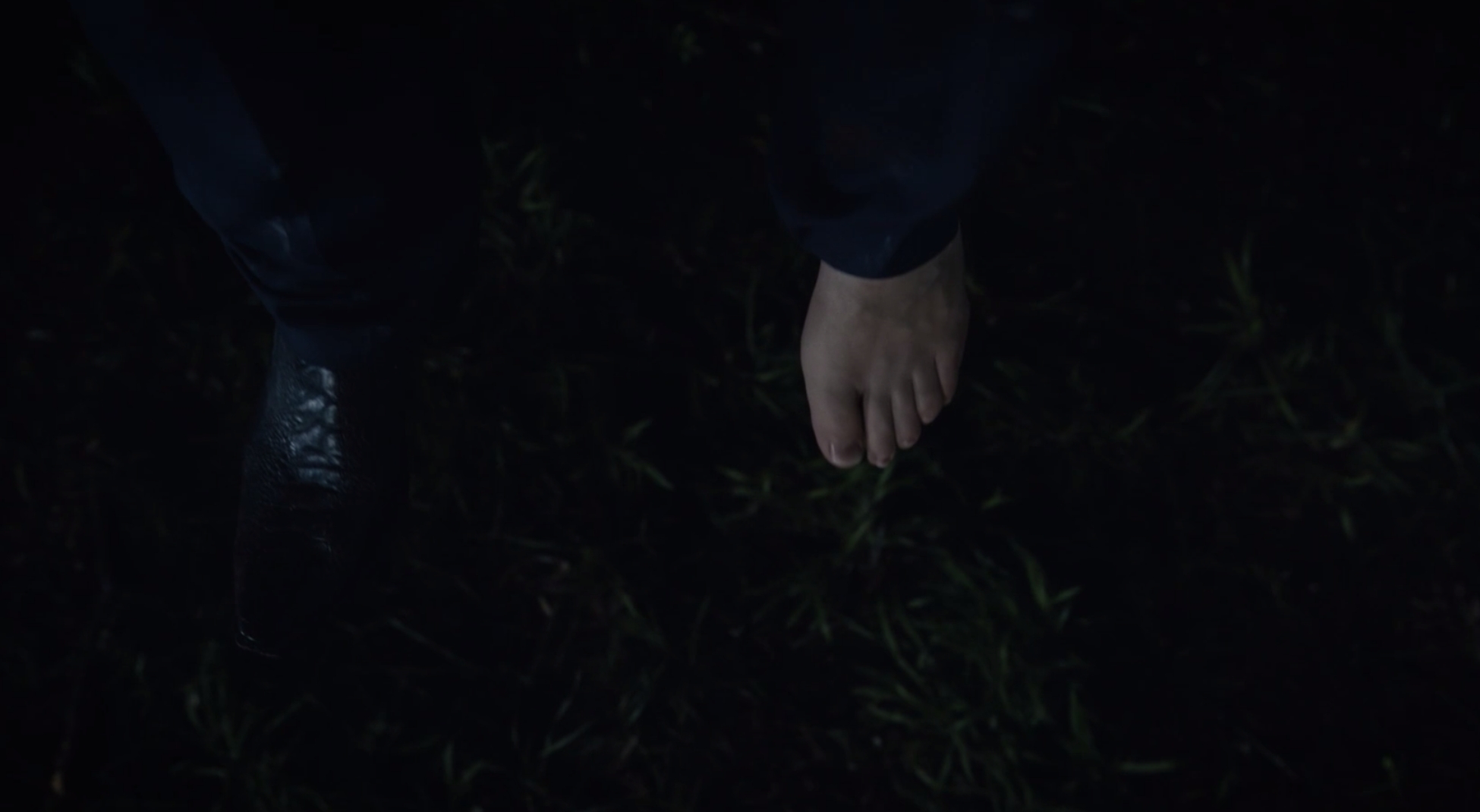
The filming of that was the very very last shot. It’s exactly, to me, what Damon wrote. He wrote ‘we push in over Old Man Will [Louis Gossett Jr.] and up the road.’ It allows this emotional space, already having seen it to see it up close and the mechanics and the dread and the horror of what has happened. And then in the car with Regina, you’re approaching… that call was so disconcerting and terrifying. For someone to know who she is is absolutely petrifying for her and she’s driving right to it. She’s also fearless. So that dread as she approaches and then the shock of the reveal. The shot that travels behind Will to the foot was… I just love cinema where you really use the camera to reveal story and as I read that scene I really felt… I just had that thought of one foot being bare just to make him so vulnerable. It’s always weird to me in accidents, whether it’s a car accident, a lightning strike, how people lose their shoes. It’s so odd yet real and brutal. So we were just on the set and I saw that and asked for it.
‘Watchmen’ airs on HBO Sundays at 9pm ET







